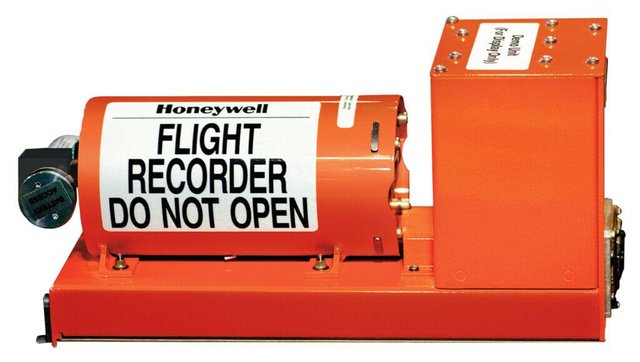A black box
A black box in an airplane is a crucial device used to record flight data and cockpit audio, primarily for investigating accidents and improving aviation safety. Despite the name, the black box is usually bright orange to make it easier to locate after a crash.
There are two main components of a black box:
- Flight Data Recorder (FDR)
Records technical flight data such as:
Airspeed
Altitude
Engine performance
Heading
Control inputs
It helps investigators understand how the plane was flying before an incident.
- Cockpit Voice Recorder (CVR)
Records audio in the cockpit, including:
Conversations between pilots
Radio communications with air traffic control
Sounds like alarms or mechanical noises
This helps understand what the pilots were experiencing and discussing during critical moments.
Key Features:
Crash-resistant: Designed to survive extreme conditions such as high-speed impacts, fire (up to 1,100°C), and deep-sea pressure.
Underwater locator beacon: Emits signals for 30 days if submerged, aiding recovery in ocean crashes.
Battery-backed: Can continue operating for some time even during electrical failures.
Importance:
Black boxes play a vital role in determining the cause of aircraft accidents.
The data helps improve pilot training, aircraft design, and safety regulations to prevent future incidents.
